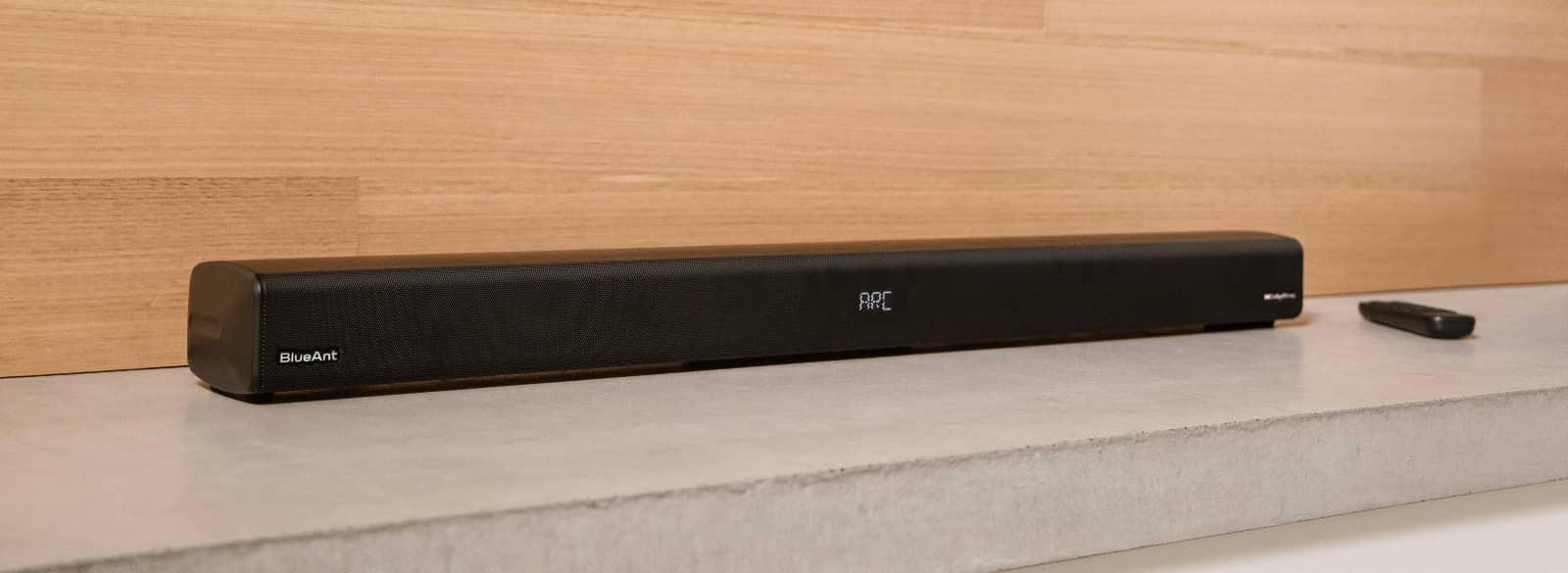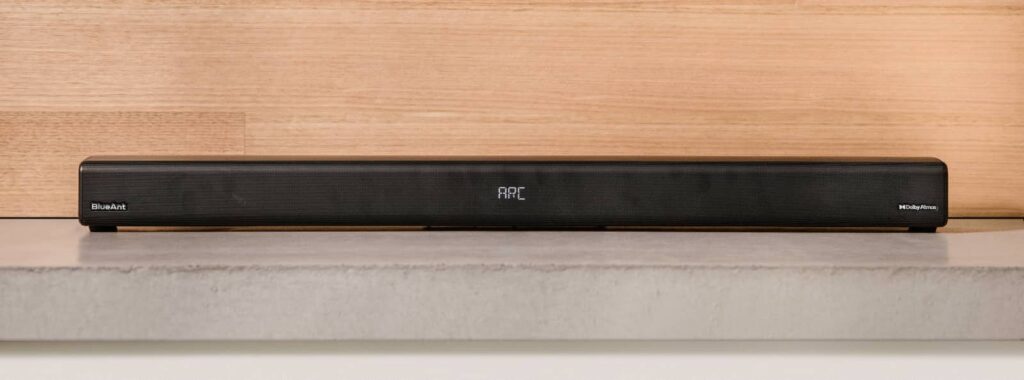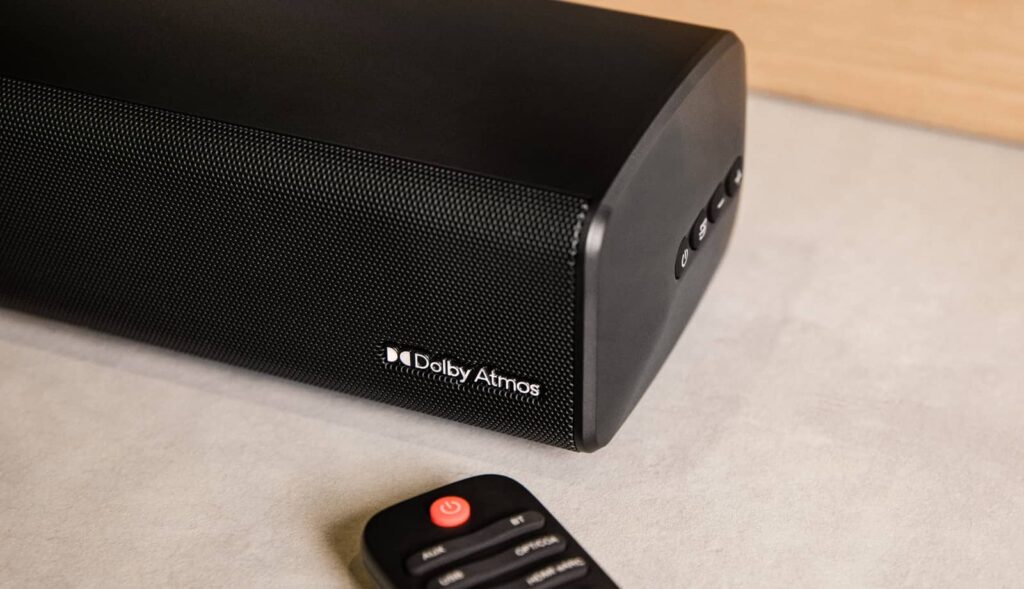Not keen to spend the over $500 that Dolby Atmos soundbars often net? Australia’s BlueAnt has something on the way for much less.
The idea of 4K sound might be largely a bit of a dream, or at least a confusing sentiment given it basically means 3D sound, but finding gadgets that play it is easily a reality, even if it’s one that can charge serious dollar bucks at times.
If you’re thinking of upgrading your sound to the world of 3D sound, you’re typically placed in one of two camps: virtual sound often called “psychoacoustic” given how it tricks the brain, and real 3D sound that uses sound on the ceiling, either by bouncing or the more expensive specialist speaker option.
Both provide the 3D sense of sound that makes up Atmos, but they each play to different budgets. When price is no barrier, the kind where sound bounces on the ceiling from up-firing speakers or is embedded in the ceiling is where you can expect enthusiastic customers eager to spend.
For everyone else, there’s the psychoacoustic style, which uses timing to trick your brain into hearing sound in a virtual way. You typically need to be faced forward for it to work, but given that’s where the TV is, the virtual Atmos soundbars using this technology tend to work a treat, even if they still can cost a pretty penny.
We’ve seen them from the $500 mark, but an Australian company could well be getting the price even lower, as BlueAnt delivers its first soundbar, a model sporting Dolby Atmos and HDMI eARC for under $500. Well under it, in fact.
Called the XT100, it’s another audio product from the team that has been working on bright and colourful party speakers, but this time, the speaker is less about parties and more about what you watch.
The XT100 soundbar uses a two channel sound system with two 50W Class-D amplifiers, delivering a virtualised Atmos using the aforementioned psychoacoustic sound to simulate the vertical audio of Dolby Atmos over HDMI, with two HDMI inputs for devices.
BlueAnt also includes an optical audio input, suggesting it can handle older TVs, though they may not handle Atmos as optical doesn’t do Atmos. That’ll mean older TVs will experience the BlueAnt XT100 soundbar in stereo, while newer ones with HDMI ARC will likely get Atmos.
There’s also support for Bluetooth and auxiliary input, making it possible to take an audio feed from a phone, laptop, or just about anything else, with a physical remote to control things, as well.
Most interestingly, there’s the price, which sees the BlueAnt XT100 available for $349 in Australia.
“We knew there was a need for a new player on the soundbar stage,” said Taisen Maddern, CEO of BlueAnt.
“Australians don’t just want a soundbar that’s slightly better than a TV speaker and has no punch,” he said.
“They want to hear more and feel more when they invest in a soundbar. They want premium sound, and they want it to be louder than their TV speakers, and the market has been missing this with speakers in this price range.”
With this sort of price, BlueAnt’s soundbar could really make an impact, especially given what it competes with. Locally, it’s biggest competitor could be the stereo-only Sonos Ray, which itself runs for $399 in Australia. And there are others in this price point, too, but they typically don’t come packing 3D sound at all, making themselves limited to stereo.
As for how the BlueAnt XT100 performs, that remains to be seen, so look for a review in the coming weeks. However if you’re keen to see it yourself, the soundbar will arrive at select retailers, select Telstra stores, and online from BlueAnt and Telstra directly now.








